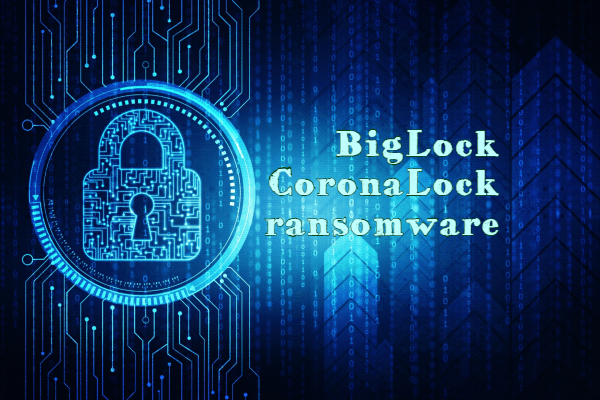

- #How to avoid having crypto locker on systems install#
- #How to avoid having crypto locker on systems software#

And even if you do pay the ransom, there’s no assurance you can recover these files. Unless you pay the ransom you will find that – at the time set – you files will have vanished. So not only is the data hostage trying to decrypt strong encryption, the hostage is doing so against a clock with a finite and often too short period of time to do anything of consequence to break the encryption. This is made even more difficult when one factors in the fact that a time limit is typically given to pay. (ex: cryptolocker) These are the guys who tear up your files and encrypt them, demanding a ransom payment to decrypt and re-deliver… hence the terms “ransomware.” The reason why this type of ransomware is so dangerous is because when cyber criminals get ahold of your files, it is nearly impossible to restore security or your data system so can get your files back to you. That’s a good benchmark for determining what is and is not scareware. An authentic anti-virus or anti-malware program would never seek customers in this way.
#How to avoid having crypto locker on systems software#
A quick scan of your security software should be able to clear out these annoying little suckers. If you do nothing, you will probably continue to be bombarded with pop-ups, but your files are essentially safe. You would see a pop-up message claiming that bajillion pieces of malware were discovered and that the only way to get rid of them is to pay a legit-looking security company a reasonable sum of cash. Scareware includes fake security software and technical support scams. Ransomware may range in severity from mildly unpleasant, to pretty damn scary to almost as serious to the “data hostage” as the Cold War or some such. The first step in prevention is to understand ransomware, as you can be h by recognizing the different types of ransomware. When your computer is infected with ransomware you will often see something that looks like this.
#How to avoid having crypto locker on systems install#
There is a variety of ransomware that can get on any machine, but as always, these techniques are either sprung from social engineering tactics, like sending a link that looks legitimate but is not, or from using software vulnerabilities to silently install on the computer of a victim. Unfortunately, ransomware is an increasingly popular way for malware authors to extort money from both businesses and consumers. Ransomware is malicious software that cybercriminals use to keep your computer or computer files for ransom, demanding payment from you to get them back. Tips to Avoid Having Your Computer Hijacked by Ransomware.


 0 kommentar(er)
0 kommentar(er)
